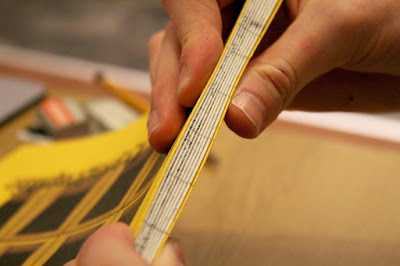Evaluation
Context of practice has always been major learning
curve for me, especially after being required to resubmit my COP1 module, then
by improving my understanding of what it takes to write a successful essay
during level 5, du to this fact, there was never a time when I felt like COP3
was never going to be a true test my academic writing ability. The scale of the
research and of solidarity of synthesis between the writing element and
practical element needed to be much more harmonic than previous years.
Due to the substantial importance of
the research — taking the time out to visit various exhibitions and buildings —
as well as gaining another perspective in the form of an interview, which I had
never actually undertaken until this unit, provided me with a much more solid
basis on to which I could make various points to aid my critical investigation.
This never dawned on me that this aspect of the work could have such a huge
impact on the practical outcome. The research alone was enough to provide me
with the necessary inspiration to create the concrete typeface and also making
the most of tutorials enabled the realisation that a publication would
synthesise the essay perfectly. This is the first time the practical outcome
has come naturally due to the research undertaken, and it must be said that it
is both stimulating and fulfilling that the outcomes produced were fully
informed by the writing, rather than requiring additional secondary research
through the use of the blog.
The satisfaction that I received
from successfully answering the question at hand; ‘Is the Modernist Ideology
still relevant today?’, was enough to make me want to continue my investigation
into another project for Extended Practice, and also, this is the first time I
can say I would want to continue writing to uncover more and more about the
area’s I’ve became so passionate about.
Learning countless techniques and
processes that had never actually been part of my design development as it
reached far out of my typical comfort zone, and has also helped me break out of
the graphic design bubble that I have put myself in throughout the years. This
also meant that time management had to be like clockwork to ensure that the
sheer amount of writing and practical that I had undertaken was completed in
time, hence the Gantt chart published on my blog earlier in the project.
If I were to execute this project
again, I would spend more time reading about the subjects that I am less
informed in, as the architectural side of the essay was quite a hurdle to
overcome, constantly having to refer back to the theoretical side is not like
graphic design that I have been studying for years and am much more proficient
at. The practical aspect went very much to plan, the constant thinking and
contemplating how to overcome issues like transport and learning curves to
produce something physical, that can be touched, enabling me to get out of the
routine of thinking that digital mock-ups are sufficient when graphic design is
concerned.
To sum up, this project has been a
rewarding and satisfying project, and I can happily say I’d like to continue
one with this subject if the opportunity ever presented itself.


















































